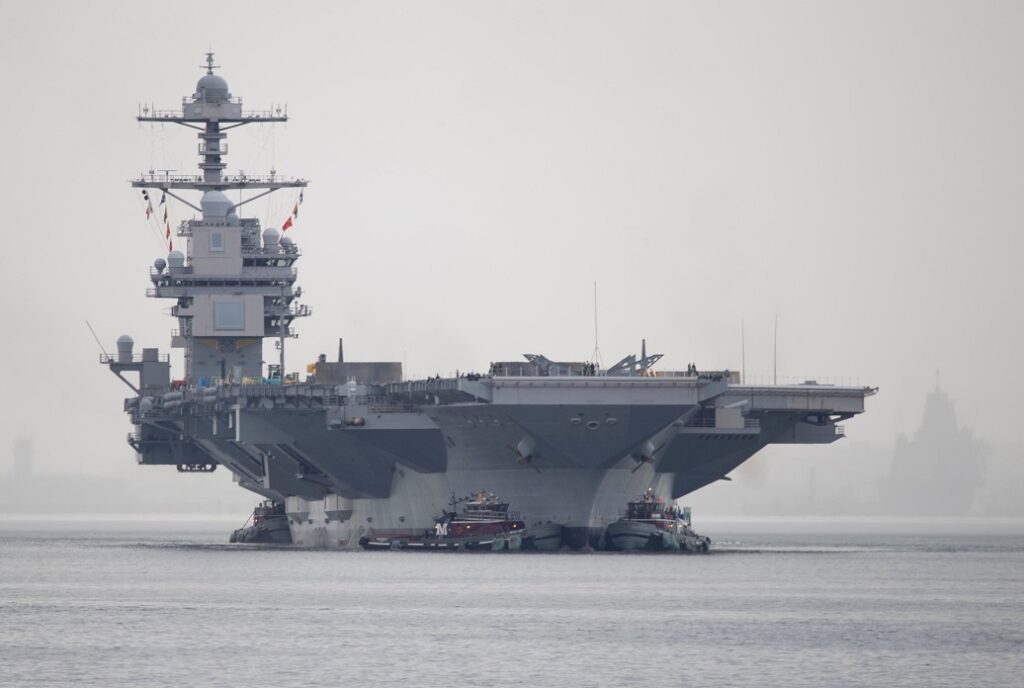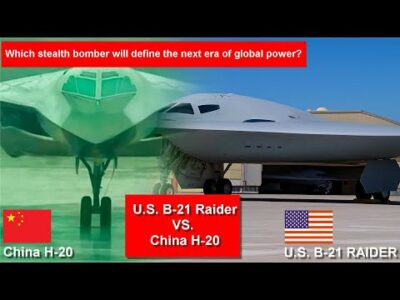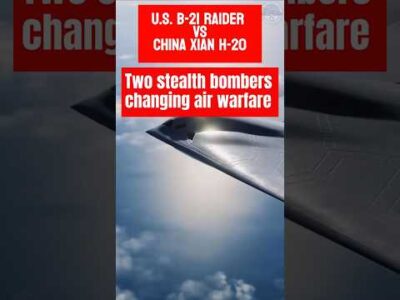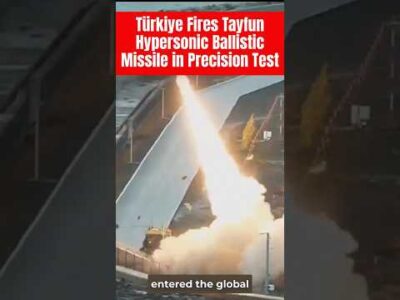Qualification trials for the combat systems of the ship are critical to ensuring the warship is capable of defending itself against a variety of threats such as drones and missiles. Thus, what defense systems does the USS Gerald R. Ford have?
The U.S. Navy’s flagship aircraft carrier, the USS Ford, used interceptor missiles, sensors, and other ship defenses to attack and destroy rocket-propelled enemy drones, aircraft, and surface threats during a series of warfare preparation exercises designed to bring the ship closer to major maritime warfare. The Ford recently completed Battle Systems Ship’s Qualification Trials (CSSQT) in the Atlantic Ocean, a phase of combat training that involves simulated and actual live threats to determine the extent to which a sizeable Ford-class carrier might defend itself in a great power ocean war scenario.
The USS Ford was challenged against rocket-powered drones capable of reaching speeds of over 600 miles per hour, towed drone units that simulate rockets, and remote-controlled, high-speed maneuvering surface targets. Demonstrating this type of defensive capability is both relevant and critical tactically, given current debates over aircraft carriers’ “vulnerability” in an increasingly high-tech, primary power threat environment. Unfortunately, most of the discussion, which is predicated mainly on the presence of Chinese extremely long-range “carrier killer” anti-ship missiles, frequently appears to disregard the expanding technological sophistication of multilayer ship defense systems.
Upgraded Systems and Significant Enhancements
Newer forms of integrated sensor networking, longer-range ship-based radar, artificial intelligence-enabled targeting technologies, and even emerging laser weapons are rapidly altering the equation for protecting carriers and other large surface ships at sea. The recent CSSQT appears to be geared toward preparing the Ford for an entirely new sphere of enemy attack via recently upgraded systems such as the Rolling Airframe Missile, Evolved Sea Sparrow Missiles, and the “Mk-15 Phalanx Close-In Weapon System [CIWS] capable of firing armor-piercing tungsten bullets,” according to the Navy report. The crew destroyed it, firing four missiles, two RIM-116 and two ESSM, and all were accomplished precisely under the supervision of battle direction center watch teams.
Interestingly, some of the specific ship defense weapons described in the Navy paper have recently received significant enhancements. This is all part of a multi-year effort to better arm its surface fleet with weapons capable of destroying highly advanced enemies in the open ocean or “blue water” maritime battle. For example, the updated Sea-Sparrow ESSM Block II missile is designed with a unique “sea-skimming” mode that enables it to descend close to the surface and kill adversary anti-ship missiles moving parallel to the ocean just above the water. Rather than flying straight up, the ESSM Block II can “skim” across the surface, eliminating an entirely new sphere of attacking enemy threats.

The Last-Line of Ship Defense
The Navy’s CIWS, another weapon that has seen significant modifications in recent years, was tested in the combat qualifications. Historically, the CIWS system, which fires hundreds of small metal bullets per minute at incoming threats like enemy drones, missiles, or helicopters, was primarily used as a counter-air weapon. However, the Navy has been developing a “1b” CIWS model to track and destroy incoming surface threats such as swarming small boats or even some approaching enemy missiles for six years. The modifications significantly increased the ship’s defensive mission envelope, allowing it to defend against newer types of attacks. CIWS is a last-line of defense, which means it is expected to be deployed only when other longer-range aspects of a ship’s layered systems have failed.
On April 16, 2021, sailors on board the aircraft carrier USS Gerald R. Ford (CVN 78) completed Combat Systems Ship’s Qualification Trials (CSSQT), a critical step in validating the ship’s ability to defend itself and its crew. The trials, which began in February, were divided into five parts. The completion of the final phase, 2C, and the CSSQT as a whole is the result of years of planning, training, innovation, and thousands of work hours put in by the ship’s current and prior crews. Additionally, the CVN 78 Ship Self Defense System ICS has a dual-band radar (DBR), a cooperative engagement capability (CEC), a Ship Self Defense System; an evolved Sea Sparrow missile (ESSM), and a rolling airframe missile.
DBR scanned for, located, tracked the target, and then illuminated it with radar to assist the ESSM with missile guidance. The CEC analyzed the Ship Self Defense System data, which subsequently transmitted launch commands to the missile and arranged DBR support for the engagement. The ESSM engaged and defeated the target successfully in the final stage. Thus, while carriers are frequently covered by destroyers and other warships traveling as part of a carrier strike group, they are increasingly equipped as platforms capable of severe warfare on the open ocean using advanced technologies.
Check out Naval Library App to find out more about the specifications of the Ford-class aircraft carriers.

















Comments